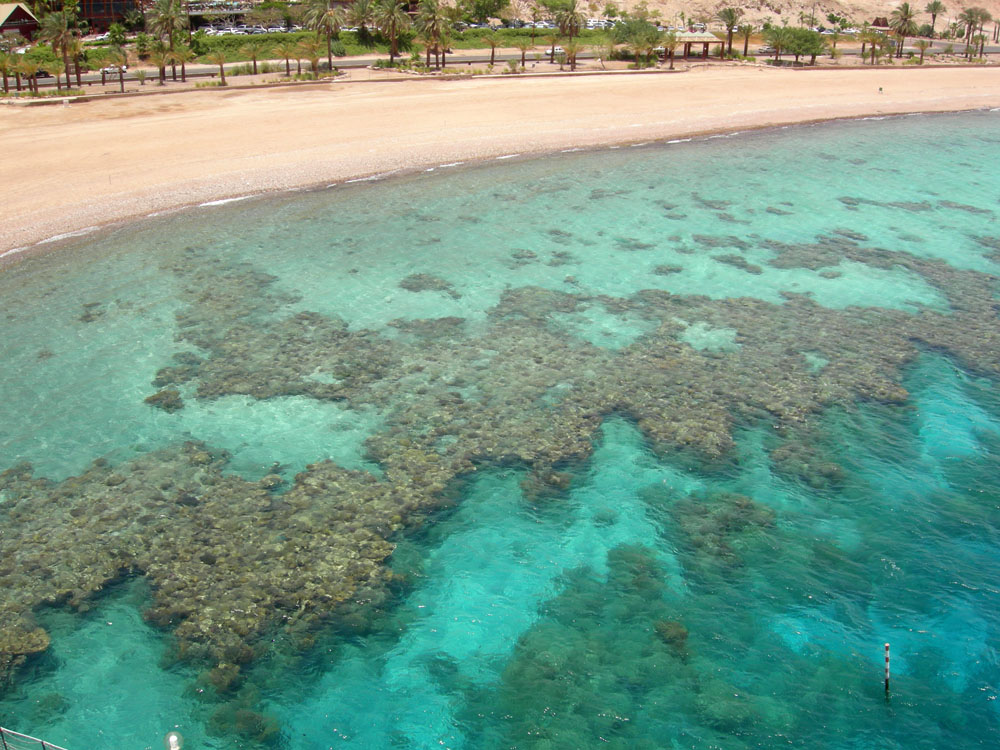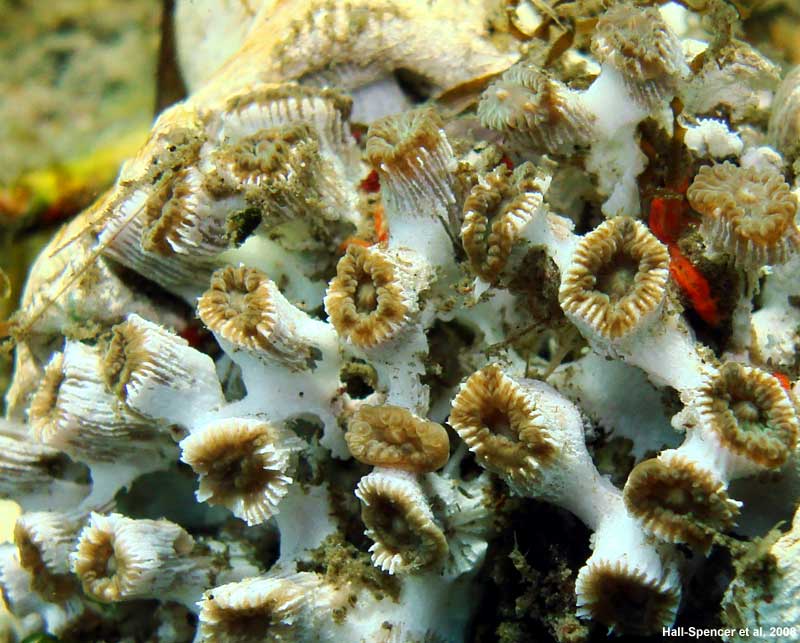When I first encountered an article on science daily written about 'cloud forests', I became instantly intrigued to find out what they were as images of fluffy cloud trees flashed through my mind.
Blue cloud topped trees- only believable in fantasy.
However, after some investigating on the internet, I came across more and more articles describing cloud forest reserves and their vulnerability to climate change in the Age of the Anthropocene. Eureeeeka! A blog topic for this weeks post was discovered.
Tropical Montane cloud forests are among the most vulnerable terrestrial ecosystems in the face of climate change (Ponce- Reyes et al. 2012). They have restricted climatic requirements and fragmented distributions. The forests support a range of endemic species and with such a unique biodiversity it is vital this ecosystem is protected.
A cloud forest is a tropical or sub-tropical evergreen forest characterised by a low level cloud cover. They also can be called mossy forests due their abundance of ground mosses and vegetation (UNEP, n/d). The forests gain their moisture from the low settling clouds surrounding them. The plants in the canopy have adapted to be able to extract water directly from the clouds using 'horizontal precipitation'.
Image of mountain cloud forests with the characteristic
fluffy cloud top.
These forests however are heavily dependent on local climates, due to the fact they only occur within narrow altitudinal limits and therefore are extremely vulnerable to climate change. Tropical montane cloud forests are distributed 23 degrees North to 25 degrees South. Important areas of cloud forest include Mexico, Central and South America, Indonesia, Philippines and the Caribbean.
Locations of Tropical Montane Cloud forests (Aldrich et al. 1997)
'12% of Mexican cloud forest is protected, however it is still not known if reserves will ensure the persistence of this special ecosystem and the biodiversity it provides a habitat for' (Ponce- Reyes et al. 2012). In Mexico, cloud forests account for 1% of land cover, but support the highest concentration of plant and animal diversity of any other Mexican ecosystem. 30% of all flowering plants in these forests are endemic to just cloud forests and around 90% of Mexican cloud forests have already been cleared for agriculture, cropping, grazing and extraction of natural products. It is worrying that with climate change the conditions needed for these spectacular ecosystems to exist will become reduced, ultimately reducing the potential expansion rate of the cloud forests. What really stuck in my mind was the statistic that 'loss of cloud forest directly attritable to climate change would lead to the extinction of 37 vertebrates restricted to this region of forest'. Clearly, immediate action is needed and it should be an urgent priority to extend the protected areas.
Currently the world land trust (WLT) is working with the local conservation group 'ecologic Sierra Gorga' (GESG) to save as much of this threatened habitat as possible.
To liven up the post and provide a real insight into the Mexican cloud forests and the anthropogenic threats posed to them, have a look at the following short video. It explains the reliance on these moist rich ecosystems for various types of agriculture and what this is causing to happen to the sensitive ecosystem.





















